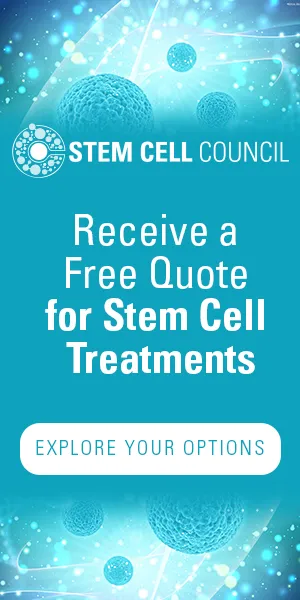Introduction
Heart disease remains one of the leading causes of death and disability worldwide. Despite advances in conventional treatments, many patients continue to search for innovative and effective therapies to address their cardiovascular issues. One promising avenue is stem cell therapy, which has the potential to regenerate damaged heart tissue and improve heart function. Mexico has become a popular destination for those seeking this cutting-edge treatment due to its high-quality clinics and more affordable prices. This comprehensive guide aims to provide patients with valuable information on pursuing cardiovascular stem cell therapy in Mexico, from selecting the right clinic to understanding the treatment plan and managing post-treatment care.
I. Selecting the Right Clinic
- Research and compare clinics: Begin by researching and comparing various stem cell clinics in Mexico. Look for those that specialize in cardiovascular stem cell therapy and have a strong reputation for positive patient outcomes. Online resources, patient testimonials, and medical tourism agencies can be helpful in this process.
- Check for accreditation: Ensure that the clinic you choose is accredited by reputable international organizations such as the Joint Commission International (JCI) or the International Society for Stem Cell Research (ISSCR). These certifications guarantee that the clinic adheres to strict standards for patient care and safety.
- Consult with a medical expert: Seek advice from your primary healthcare provider or a specialist in cardiovascular diseases before deciding on a clinic. They can help you evaluate the quality of the clinic and its treatment options, as well as provide guidance on whether stem cell therapy is appropriate for your specific condition.
II. Understanding the Treatment Plan
- Types of stem cells: There are different types of stem cells used in cardiovascular therapy, including autologous (derived from the patient) and allogeneic (derived from a donor) stem cells. Discuss with your chosen clinic which type they use and why, as well as the benefits and potential risks associated with each.
- Treatment protocol: Each clinic may have its unique protocol for stem cell therapy, including the number of injections, the method of delivery, and the duration of the treatment. Ensure you have a clear understanding of the entire process and any pre-treatment preparations required.
- Costs and payment options: Stem cell therapy can be expensive, so make sure to discuss costs with the clinic upfront. Inquire about payment options and whether the clinic offers any financial assistance or payment plans for patients.
III. Managing Post-Treatment Care
- Follow-up care: After your stem cell therapy, it is crucial to maintain communication with your healthcare team. Regular follow-ups will help monitor your progress and ensure that any potential complications are addressed promptly.
- Adherence to medication and lifestyle changes: Stem cell therapy is not a standalone treatment for heart disease. Continue taking prescribed medications and follow your doctor's advice on lifestyle changes, such as diet, exercise, and stress management, to maximize the benefits of the therapy.
- Support network: Engage with support groups or online communities of patients who have undergone similar treatments. Sharing your experience and learning from others can help you navigate the post-treatment phase more effectively.
Conclusion
Cardiovascular stem cell therapy in Mexico offers a promising alternative for patients seeking innovative treatments for heart disease. By conducting thorough research, selecting a reputable clinic, and diligently managing post-treatment care, you can increase the likelihood of a successful outcome. To learn more about stem cell treatment options, visit www.stemcellcouncil.com.
If you're considering stem cell therapy and would like a free quote, get started by visiting www.stemcellcouncil.com/free-quote.








